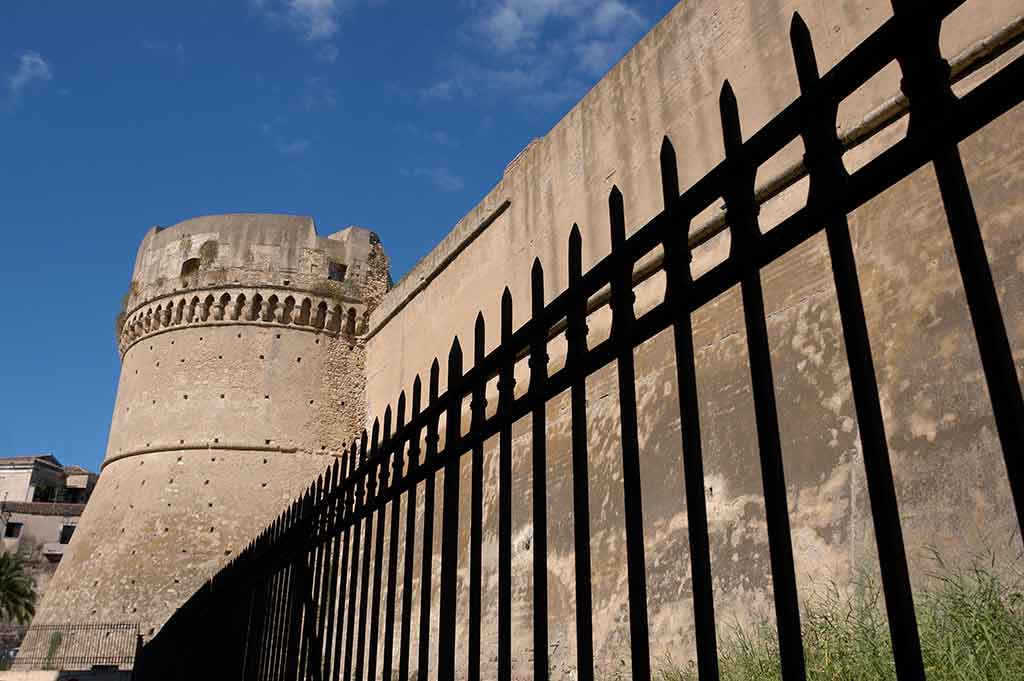Welcome
to Crotone Italy. If you’are planning to visit Crotone for your next trip and you are
looking for the best places to visit, here you’ll find tips and suggestions of most
popular point of interest and activities not to be missed in Crotone and surrounding.
Travelers will appreciate this italian town with
his rich historical and artistic heritage, local culture and environment. Discover the monuments, buildings, natural
treasures and all the details that characterize Crotone and its territory. Share and suggest a place you've
visited.

Crotone, castle of Charles V
City of ancient origin, proud of its history so linked to the tradition of Magna Grecia, Crotone overlooks the Ionian Sea at the mouth of the Esaro River and benefits from a temperate climate, with generally mild winters and hot summers, but ventilated by the sea breeze. Ideal starting point for excursions not only along the Ionian coast, but also to the nearby Sila buttresses, the city deserves to be visited for at least four good reasons.
1) See the castle of Charles V, in the ancient part of Crotone. Built in the middle of the 9th century to defend the city from the raids of the Saracens, it was then modified in the mid-sixteenth century by Charles V. Built on a polygonal plan, with two towers, the castle currently houses the archaeological museum, rich in important finds from Magna Grecia;
2) Stroll around the city old, which through a maze of very narrow streets (locally defined as “the wine drills”) winds from Piazza Castello, on which imposing noble palaces overlook, up to to the central Piazza Pitagoras, a point of union between the old town and the modern city;
3) Admire the art treasures of the cathedral. Built around the 14th century in a sober classic style, inside the cathedral houses numerous paintings and icons among which stands out the painting of the Madonna di Capocolonna, or Black Madonna, patroness of the city ; agrave;.
4) Know the Capo Rizzuto Marine Protected Area, the largest in Italy in size, among the municipalities of Crotone and of Island of Capo Rizzuto, from the promontory of the archaeological park of Capo Colonna, with the only column of the temple of Hera Lacinia remained standing, up to the tip of Le Castella, with the Aragonese castle. The area concentrates in a few kilometers of coastline an imposing wealth of wildlife and marine floristry, white beaches, clear waters and an immense historical heritage.
written by Lorna Cowie - Last update: 31/07/2022
This guide has been translated automatically through a third party service. Visititaly offers these automatic translations to help site visitors, however the automatic translations may contain inaccuracies, errors or inaccuracies. You can contact us to report inaccuracies or errors and we will check the translation.